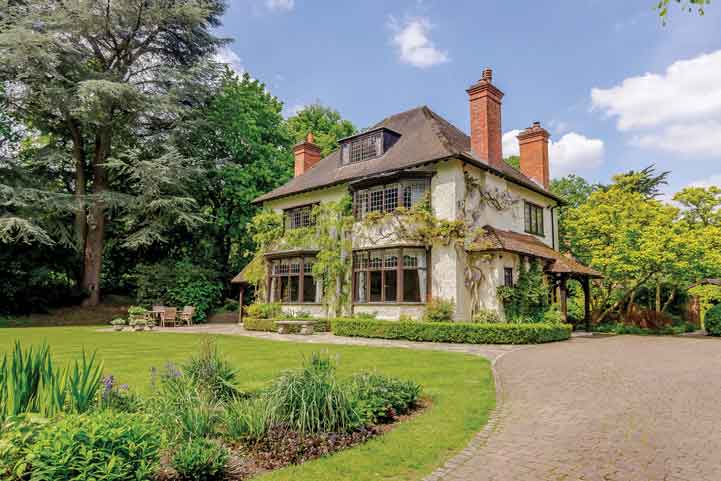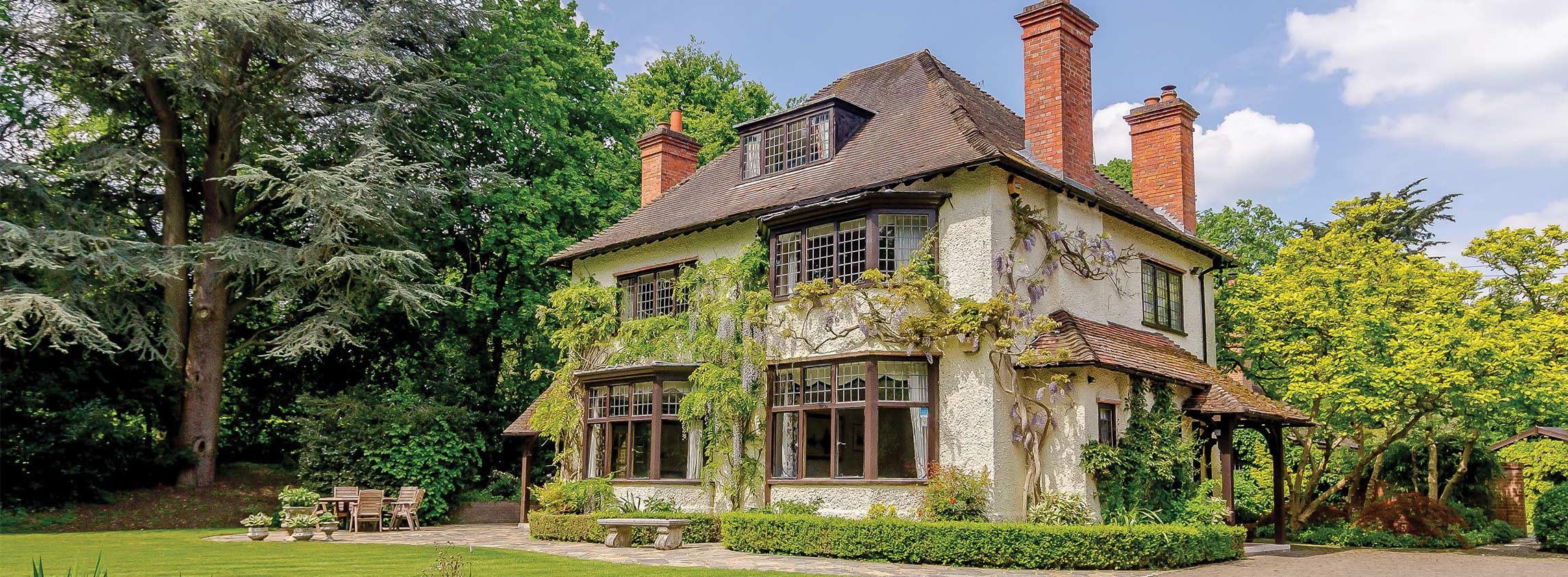Pandemic stalls market recovery

Rotherfield Road, Henley-on-Thames, £3,000,000
Our latest analysis of prime residential markets outside London comes amid the Covid-19 pandemic that is affecting all aspects of the UK housing market. Up until the middle of March, it had been an encouraging start to 2020, with prime values increasing 0.9% year-on-year. There was more optimism and less political uncertainty following the general election in December.
While Brexit uncertainty is ever-present, a lack of stock remained the biggest challenge facing prime regional markets. We expect this situation to stay unchanged as we come out of the current lockdown. For those with the confidence to sell, a sense of realism had become the norm and we were seeing more competitive bidding as a result of appropriate prices. This was particularly the case for newly-launched properties.
Although social distancing and self-isolation have inhibited the practicalities of buying and selling, technology, such as virtual viewing, is helping to keep the market alive. However, buyers have understandably become cautious. This indicates that we are moving into a period of low transactions during the traditionally busy spring market. This will place greater emphasis on an autumn market, when we expect to have a clearer picture on the longer-term impact on buyer sentiment.
London’s suburbs top regional growth
At 2.9%, the strongest regional annual growth was in London’s suburbs, such as Cobham, Esher, Loughton and Rickmansworth, as improved sentiment in the capital fed out into its surrounds. While the markets within an hour of London remained broadly flat, Henley bucked the trend, with 5.4% growth over the past year. Meanwhile, annual growth in Scotland remained consistently strong at 2.2%, primarily driven by the hotspots of Edinburgh and Glasgow.
Demand for properties in urban areas continued to dominate, reflected in the 1.6% growth over the past 12 months. The top performers included Bath, Cambridge and Nottingham. However, in recent years, we have seen country living coming back into fashion. This is due to a readjustment of values and lifestyle trends – such as wellbeing and working from home – driving buyer choices. With annual growth of 3.0%, this was most noticeable in coastal hotspots of the South West and East Anglia. The hiatus caused by Covid-19 may accelerate these trends further as people review their lifestyles under lockdown.
In the £2 million+ country house market, prices held firm for the second quarter in succession, having fallen slightly in the wake of the EU referendum and ensuing political uncertainty. In this rarefied part of the market, values are 21.5% below the peak of 2007. That sits in stark contrast to London, where prices of £2 million+ homes are 12% above that previous high point, a figure that underscores the relative value on offer in the country.
Outlook
It is now inevitable that activity in the market will slow for a period, with those deals that are well progressed involving delayed completions. The extent of the disruption to market activity largely depends on the success of measures to curb the spread of Covid-19. In turn, this will determine the impact on the economy and personal wealth, which will be key to prospects for further price growth as market activity rebuilds.
Most economists are forecasting a V-shaped downturn, which currently indicates that activity will return more quickly than it has done historically, as buyers’ concerns over job security and earnings ease.
Mortgage debt is likely to remain cheaper for longer, while prime property presents relatively good value in a global and historical context
Savills Research
The emergency cut in the bank base rate, economic stimulus from government spending pledges and the willingness of mortgage lenders to take a considerate view of short-term arrears, should also help reduce some of the pandemic’s impact. Meanwhile, the perceived security of a bricks-and-mortar investment in times of uncertainty should help to underpin values.
The fundamentals of our medium-term view remain. If anything, mortgage debt is likely to remain cheaper for longer, while prime property presents relatively good value in a global and historical context. These factors point to the continuation of demand when we see signs of the Covid-19 effect dissipating.
That means sellers will undoubtedly need to remain pragmatic on pricing over the course of 2020, as the market becomes more dependent on needs-based and opportunistic buyers. Assuming long-term damage to the economy is contained, we expect the five-year outlook for the prime regional markets to remain similar to our November 2019 forecast of 15.9% but with a different distribution of growth throughout the period.
Definition of prime property This market consists of the most desirable and aspirational property by location, aesthetics, standards of accommodation and value. Typically, it comprises properties in the top 5% of the market by house price.
Interested in other areas of the UK?
View all of our latest prime Market in Minutes research here.
